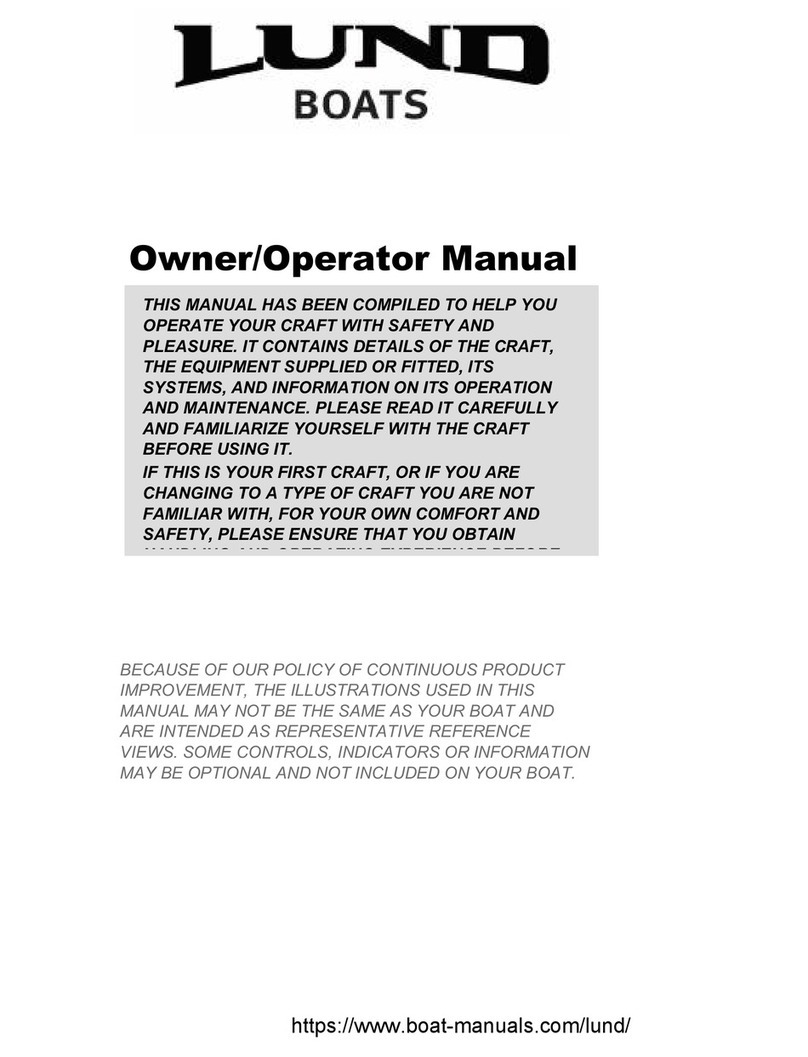
GettInG underway .................................................................8.1
Skipper’s Checklist ...................................................................................................8.1
Fueling ......................................................................................................................8.2
Loading Passengers and Gear ...................................................................................8.4
Starting Procedures ...................................................................................................8.5
Maneuvering .............................................................................................................8.7
High Performance Boats ...........................................................................................8.8
Acceleration ..............................................................................................................8.9
Power Trim Operation ............................................................................................8.10
Steering Force .........................................................................................................8.11
Anchoring ...............................................................................................................8.12
Returning To Shore .................................................................................................8.13
Navigation Lights ...................................................................................................8.15
Hazardous Conditions .............................................................................................8.16
Reacting To Emergencies .......................................................................................8.18
carInG for your Boat .........................................................9.1
Battery Care ..............................................................................................................9.1
Fuel System ...............................................................................................................9.2
Steering System ........................................................................................................9.2
Floor Covering ..........................................................................................................9.2
Aluminum Trim Surface ...........................................................................................9.2
Storage Compartments ..............................................................................................9.2
Painted Aluminum Surfaces .....................................................................................9.3
Bottom Surfaces ........................................................................................................9.3
Salt Water Information ..............................................................................................9.3
Galvanic Corrosion ...................................................................................................9.3
Repairs ......................................................................................................................9.4
Cracked Aluminum ...................................................................................................9.5
Repainting Aluminum ...............................................................................................9.5
Upholstery .................................................................................................................9.6
Windshields ...............................................................................................................9.8
Canvas .......................................................................................................................9.8
Storage ......................................................................................................................9.8
wInter layup and StoraGe ............................................10.1
Prior to Storage .......................................................................................................10.1
Engine .....................................................................................................................10.1
Livewell ..................................................................................................................10.3
Wash-Down Pumps .................................................................................................10.3
Interior Cleaning .....................................................................................................10.4
Storage on Trailer ...................................................................................................10.4
Recommissioning the Boat After Storage ..............................................................10.5
trouBle ShootInG GuIde ................................................. 11.1
BoatInG termS........................................................................12.1
iii
Lund-Front_Matter.indd 3 7/9/10 1:42 PM
https://www.boat-manuals.com/




























